A Computationally Efficient Joint Cell Search and Frequency Synchronization Scheme for LTE Machine-Type Communications
Abstract
1. Introduction
2. System Description
2.1. Frame Structure
2.2. Cell Search Procedure
2.3. Synchronization Signal
2.4. Signal Model
3. Conventional Detection Scheme
3.1. Half-Complexity Joint Detection (HCJD) Scheme
3.2. Reduced-Complexity Sequential Detection (RCSD) Scheme
4. Proposed Detection Scheme
4.1. Algorithm Description
- Step 1.
- For and , obtain the reduced search space based metric, , by formula (15).
- Step 2.
- The IFO estimate is firstly obtained by finding the peak of over , by formula (20).
- Step 3.
- If in step 2, decide that the transmitted PSS is , and complete the joint detection of IFO and SID. Otherwise, go to the next step to determine that the transmitted PSS is either or .
- Step 4.
- Using the IFO estimate obtained in step 2, calculate and , by formula (14).
- Step 5.
- If , decide that the transmitted PSS is . Otherwise, decide that the transmitted PSS is .
4.2. Performance Analysis
4.3. Complexity Analysis
5. Simulation Results
6. Conclusions
Author Contributions
Funding
Conflicts of Interest
References
- 3GPP TS 136.300. Evolved Univsal Terrestrial Radio Access (EUTRA) and Evolved Universal Terrestrial Radio Access Network (E-UTRAN); Overall Description; Release 13; 3GPP: Sophia Antipolis, France, 2016. [Google Scholar]
- Akpakwu, G.A.; Silva, B.J.; Hancke, G.P.; Abu-Mahfouz, A.M. A survey on 5G networks for the Internet of Things: Communication tchnologies and challenges. IEEE Access 2018, 6, 3619–3647. [Google Scholar] [CrossRef]
- Chen, M.; Miao, Y.; Hao, Y.; Hwang, K. Narrow band Internet of Things. IEEE Access 2017, 5, 20557–20577. [Google Scholar] [CrossRef]
- 3GPP TR 36.888. Technical Specification Group Radio Access Network; Study on Provision of Low-Cost Machine-Type Communications (MTC) User equipment (UE) Based on LTE; Release 12; 3GPP: Sophia Antipolis Valbonne, France, 2013. [Google Scholar]
- Naddafzadeh-Shirazi, G.; Lampe, L.; Vos, G.; Bennett, S. Coverage enhancement techniqUE for machine-to-machine communications over LTE. IEEE Commun. Mag. 2015, 53, 192–200. [Google Scholar] [CrossRef]
- Lin, X.; Adhikary, A.; Eric Wang, Y.P. Random access preamble design and detection for 3GPP narrowband IoT systems. IEEE Wirel. Commun. Lett. 2016, 6, 640–643. [Google Scholar] [CrossRef]
- Elsaadany, M.; Ali, A.; Hamouda, W. Cellular LTE-A technologies for the future Internet-of-Things: Physical layer features and challenges. IEEE Commun. Surv. Tutor. 2017, 19, 2544–2572. [Google Scholar] [CrossRef]
- Chang, H.L.; Tsa, M.H. Optimistic DRX for machine-type communications in LTE-A network. IEEE Access 2018, 6, 9887–9897. [Google Scholar] [CrossRef]
- Balasubramanya, N.M.; Lampe, L.; Vos, G.; Bennett, S. On timing reacquisition and enhanced primary synchronization signal (ePSS) design for energy efficient 3GPP LTE MTC. IEEE Trans. Mob. Comput. 2017, 16, 2292–2305. [Google Scholar] [CrossRef]
- Golnari, A.; Shabany, M.; Nezamalhosseini, A.; Gulak, G. Design and implementation of time and frequency synchronization in LTE. IEEE Trans. Very Large Scale Int. Syst. 2015, 23, 2970–2982. [Google Scholar] [CrossRef]
- Sriharsha, M.R.; Dama, S.; Kuchi, K. A complete cell search and synchronization in LTE. EURASIP J. Wirel. Commun. Netw. 2017, 23, 1–14. [Google Scholar]
- Morelli, M.; Moretti, M. A maximum likelihood approach for SSS detection in LTE systems. IEEE Trans. Wirel. Commun. 2017, 16, 2423–2433. [Google Scholar] [CrossRef]
- Pec, R.; Choi, J.H.; Park, C.H.; Cho, Y.S. Synchronization method for long-term evolution-based machine-type communication in low-power cellular Internet of Things. Int. J. Distrib. Sens. Netw. 2016, 12, 1–14. [Google Scholar] [CrossRef]
- Nassralla, M.H.; Mansour, M.M.; Jalloul, L.M.A. A low-complexity detection algorithm for the primary synchronization signal in LTE. IEEE Trans. Veh. Technol. 2016, 65, 8751–8757. [Google Scholar] [CrossRef]
- Su, S.; Lin, Y.; Fan, Y. Joint sector identity and integer part of carrier frequency offset detection by phase-difference in long-term evolution cell search process. IET Commun. 2013, 7, 950–959. [Google Scholar] [CrossRef]
- Lin, J.C.; Sun, Y.-T.; Poor, H.V. Initial synchronization exploiting inherent diversity for the LTE sector search process. IEEE Trans. Wirel. Commun. 2016, 15, 1114–1128. [Google Scholar] [CrossRef]
- Morelli, M.; Moretti, M. A robust maximum likelihood scheme for PSS detection and integer frequency offset recovery in LTE systems. IEEE Trans. Wirel. Commun. 2016, 15, 1353–1363. [Google Scholar] [CrossRef]
- Chu, C.Y.; Lai, I.W.; Lan, Y.Y.; Chiueh, T.D. Efficient sequential integer CFO and sector identity detection for LTE cell search. IEEE Wirel. Commun. Lett. 2014, 3, 389–392. [Google Scholar] [CrossRef]
- Berggren, F.; Popovic, B.M. Primary synchronization signal for D2D communications in LTE-Advanced. IEEE Commun. Lett. 2015, 19, 1241–1244. [Google Scholar] [CrossRef]
- Popovic, B.M. Generalized chirp-like polyphase sequences with optimum correlation properties. IEEE Trans. Inf. Theory 1992, 30, 769–777. [Google Scholar] [CrossRef]
- Arellano-Vallea, R.B.; Genton, M.G. On fundamental skew distributions. J. Multivar. Anal. 2005, 96, 93–116. [Google Scholar] [CrossRef]
- Elshokry, A.M. Complexity and Performance Evaluation of Detection Schemes for Spatial Multiplexing MIMO Systems; Islamic University: Islamabad, Pakistan, 2010. [Google Scholar]
- 3GPP TS 136.101. LTE; Evolved Universal Terrestrial Radio Access (E-UTRA); User Equipment (UE) Radio Transmission and Reception; Release 14; 3GPP: Sophia Antipolis, France, 2017. [Google Scholar]
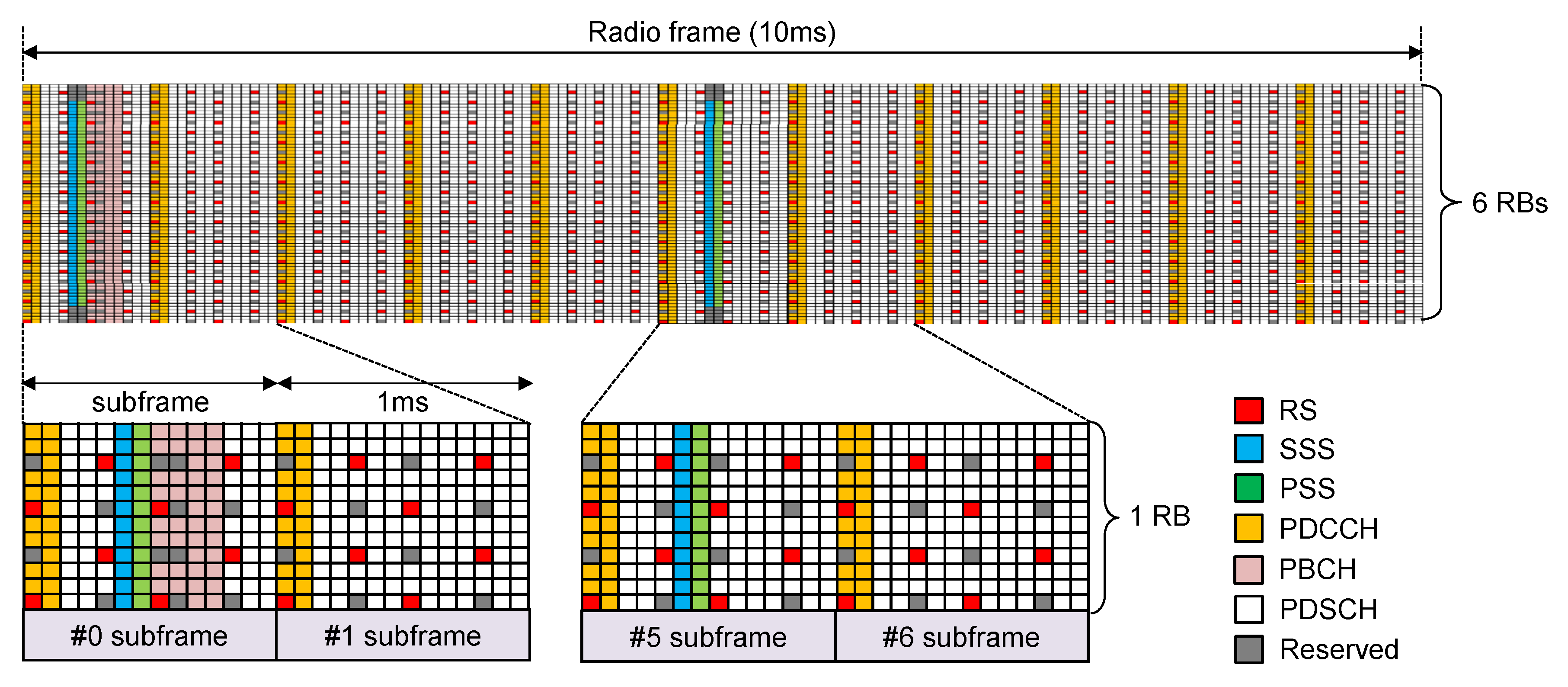
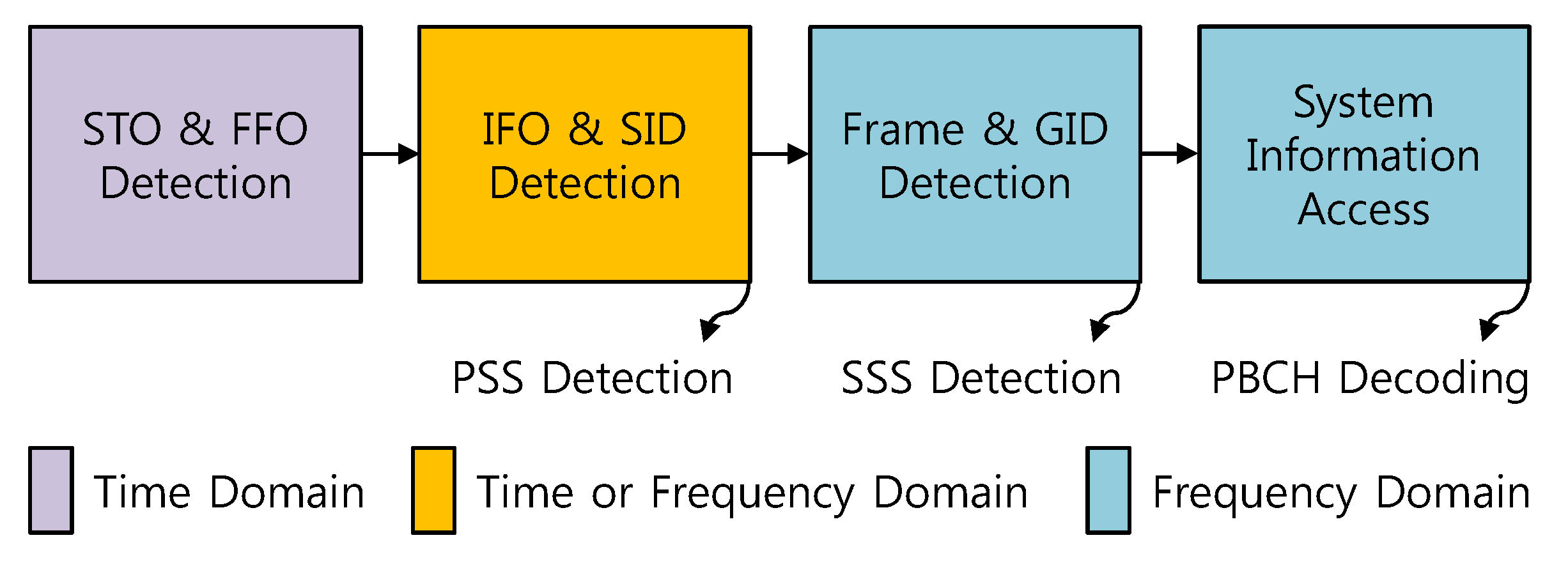
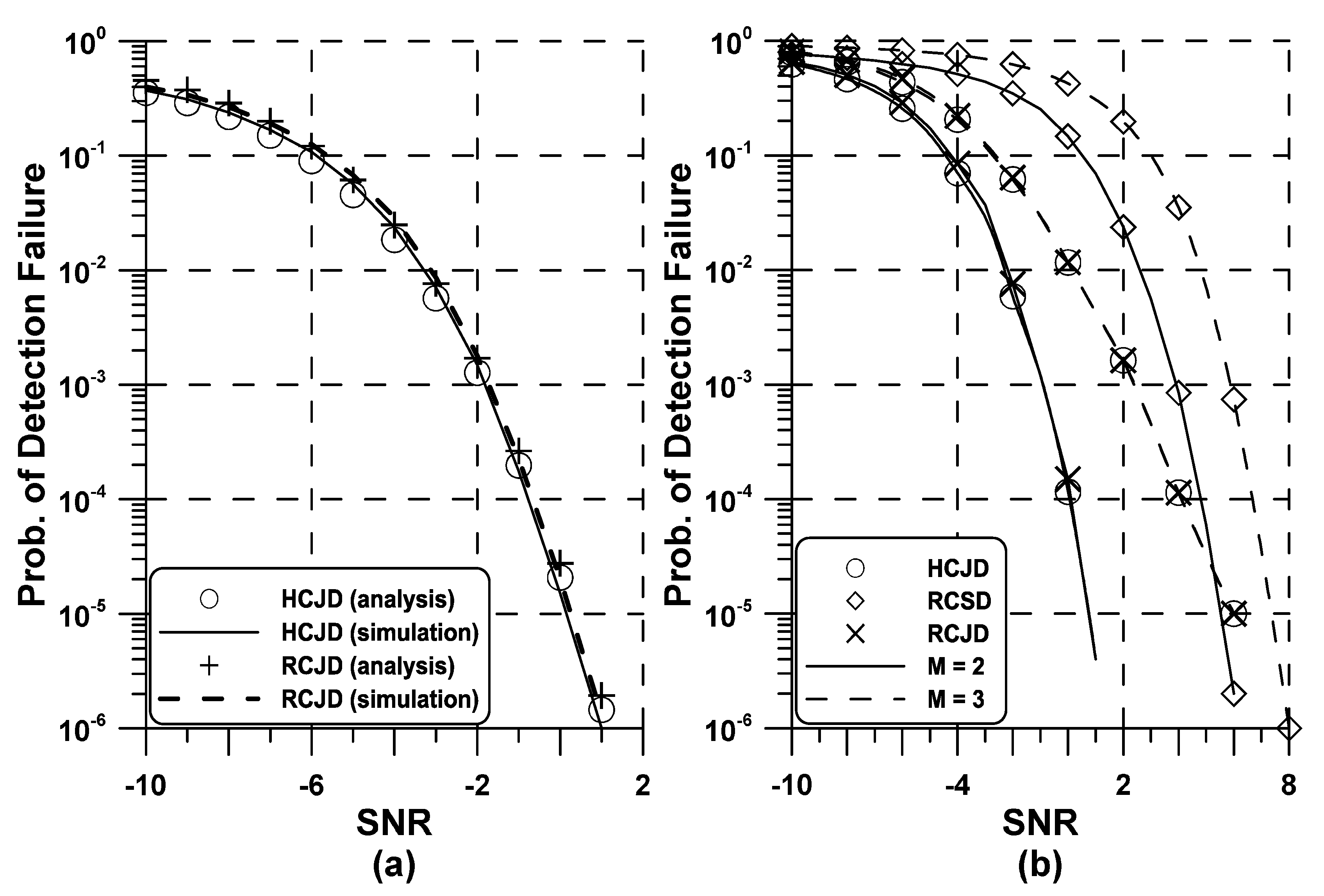
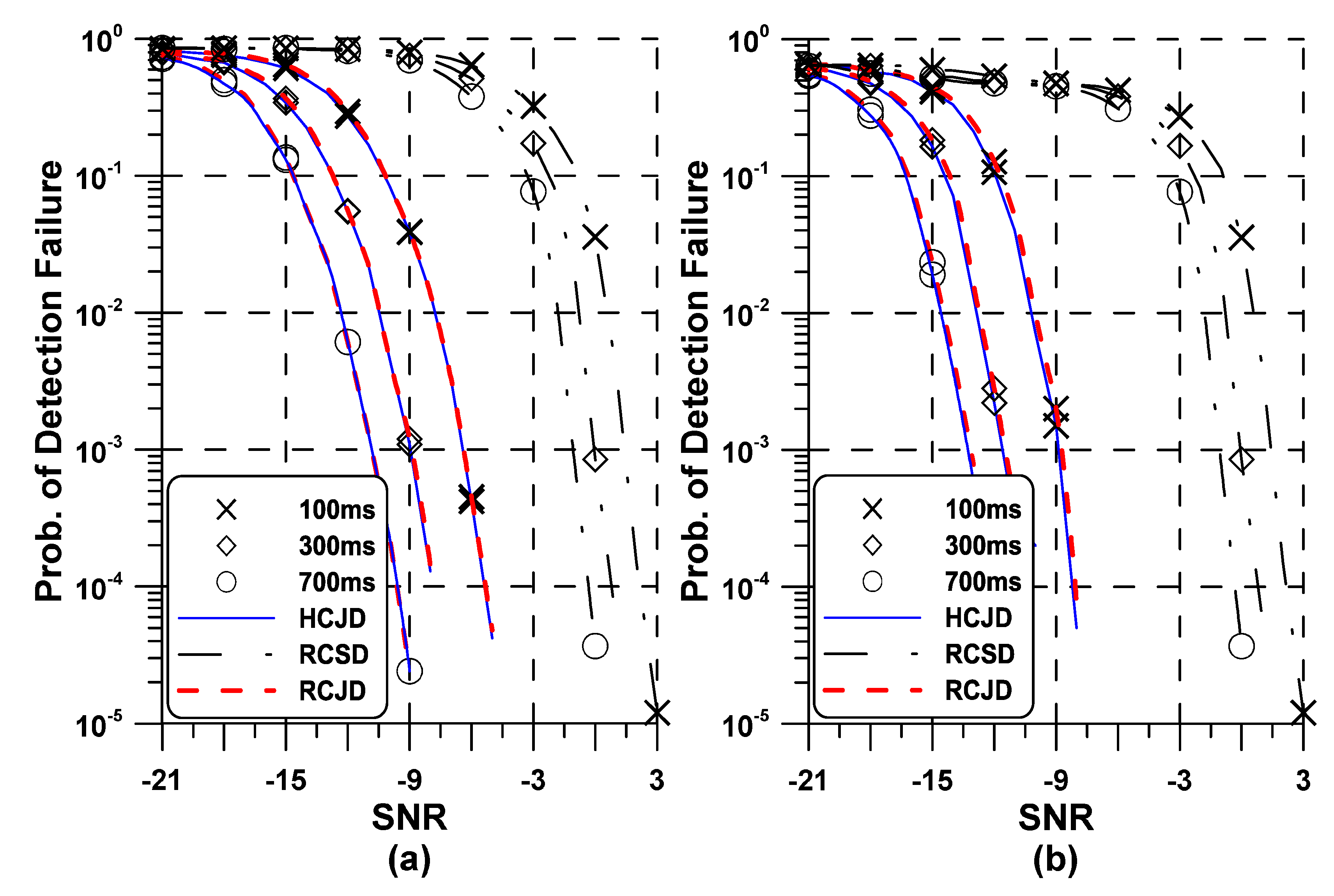
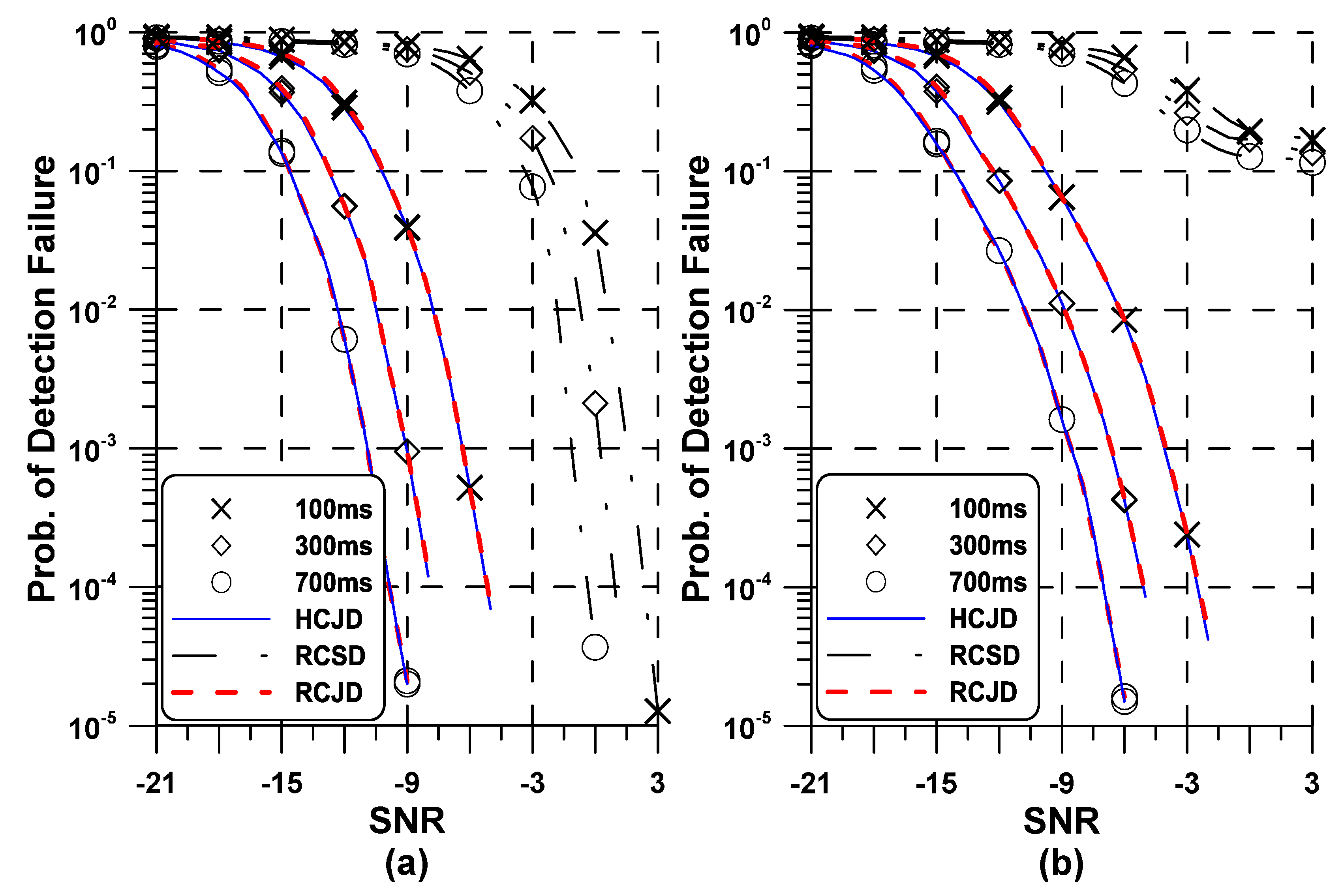
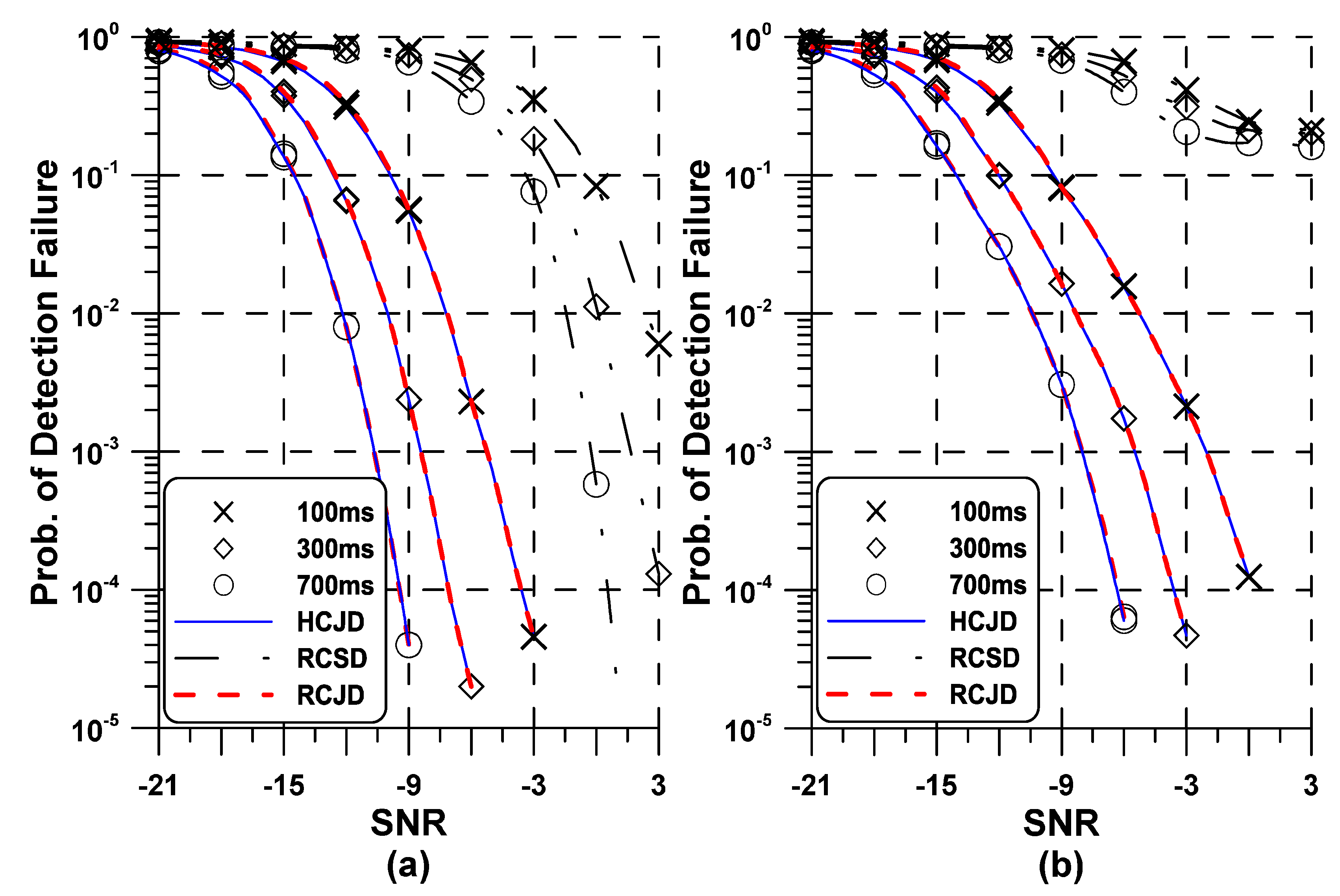
© 2019 by the authors. Licensee MDPI, Basel, Switzerland. This article is an open access article distributed under the terms and conditions of the Creative Commons Attribution (CC BY) license (http://creativecommons.org/licenses/by/4.0/).
Share and Cite
Jung, Y.-A.; Shin, D.; You, Y.-H. A Computationally Efficient Joint Cell Search and Frequency Synchronization Scheme for LTE Machine-Type Communications. Symmetry 2019, 11, 1394. https://doi.org/10.3390/sym11111394
Jung Y-A, Shin D, You Y-H. A Computationally Efficient Joint Cell Search and Frequency Synchronization Scheme for LTE Machine-Type Communications. Symmetry. 2019; 11(11):1394. https://doi.org/10.3390/sym11111394
Chicago/Turabian StyleJung, Yong-An, Dongkyoo Shin, and Young-Hwan You. 2019. "A Computationally Efficient Joint Cell Search and Frequency Synchronization Scheme for LTE Machine-Type Communications" Symmetry 11, no. 11: 1394. https://doi.org/10.3390/sym11111394
APA StyleJung, Y.-A., Shin, D., & You, Y.-H. (2019). A Computationally Efficient Joint Cell Search and Frequency Synchronization Scheme for LTE Machine-Type Communications. Symmetry, 11(11), 1394. https://doi.org/10.3390/sym11111394




